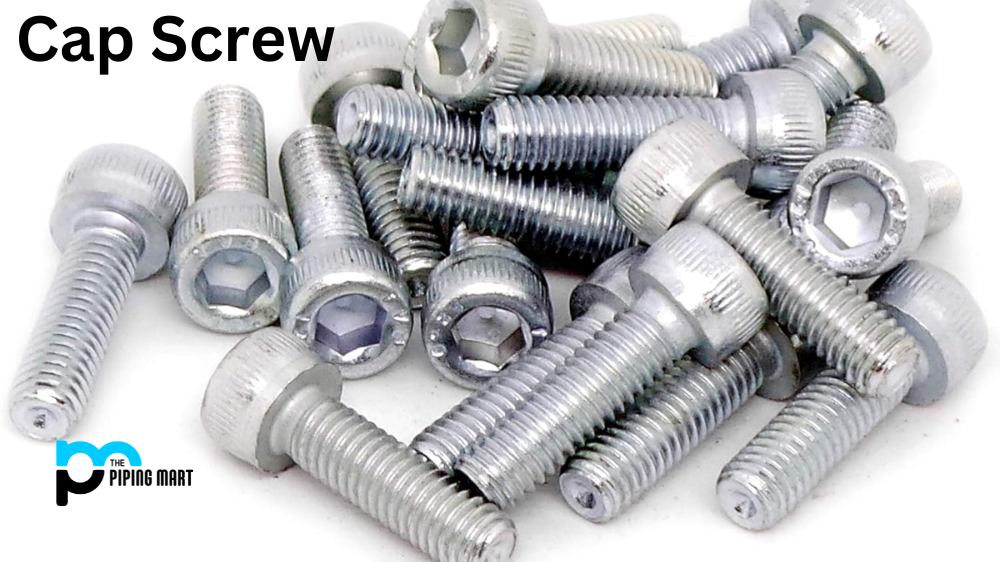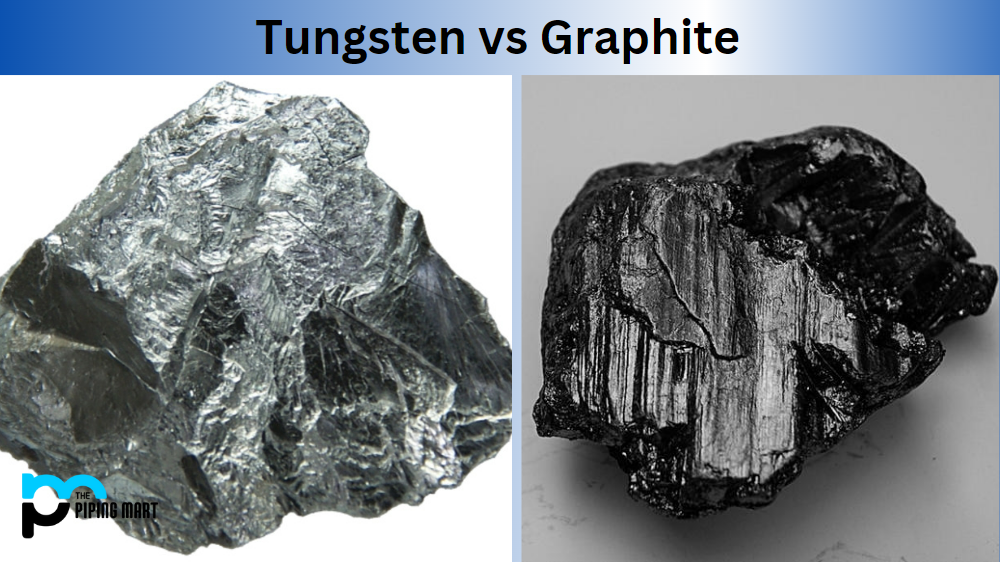High carbon steel is a type of alloy steel known for its durability, strength, and malleability. It is also one of the most common materials used in metalworking and construction projects. But does this mean that high carbon steel is brittle? Let’s take a closer look at how this material behaves under different conditions.
What Is High Carbon Steel?
High-carbon steel is an alloy made up mostly of iron and carbon. The amount of carbon present in the material can range from 0.6% to 1.4%, making it much harder than regular steel (which typically contains less than 0.3% carbon). The higher levels of carbon give high-carbon steel its hardness and strength but also make it more vulnerable to corrosion if not properly treated or maintained.
Is High Carbon Steel Brittle?
The short answer is no, and high carbon steel is not brittle. In fact, it is highly resistant to fracturing under stress due to its tensile strength and malleability, meaning it can be easily bent or twisted without breaking or cracking. However, this does not mean that high-carbon steel won’t break under certain conditions; if exposed to extremely cold temperatures or sudden impacts, the material can become more brittle and prone to shattering or splintering when hit with a hammer or other hard object.
High Carbon Steel vs. Low Carbon Steel
It’s important to note that there are two types of steel – low and high-carbon – and they behave differently in different situations due to their different compositions. Low-carbon steel has less than 0.3% carbon content and is much softer than its high-carbon counterpart; however, it often doesn’t have enough strength for some applications, such as toolmaking or construction projects where strength is paramount. On the other hand, while high-carbon steel has greater strength, it requires more maintenance due to its vulnerability to corrosion when exposed to moisture or other elements over time.
Conclusion:
To sum up, while high-carbon steel isn’t as strong as low-carbon varieties nor as prone to corrosion as stainless steel, it offers an ideal balance between strength and durability for many applications such as toolmaking and construction projects where both qualities are important factors for success. While the material may become brittle in extreme conditions like cold temperatures or sudden impacts that exceed its tensile strength, overall, it should remain flexible enough for most use cases with proper care and maintenance. As always, when choosing a material for any project, research your options carefully before deciding which type of metal will best meet your needs.

A passionate metal industry expert and blogger. With over 5 years of experience in the field, Palak brings a wealth of knowledge and insight to her writing. Whether discussing the latest trends in the metal industry or sharing tips, she is dedicated to helping others succeed in the metal industry.




